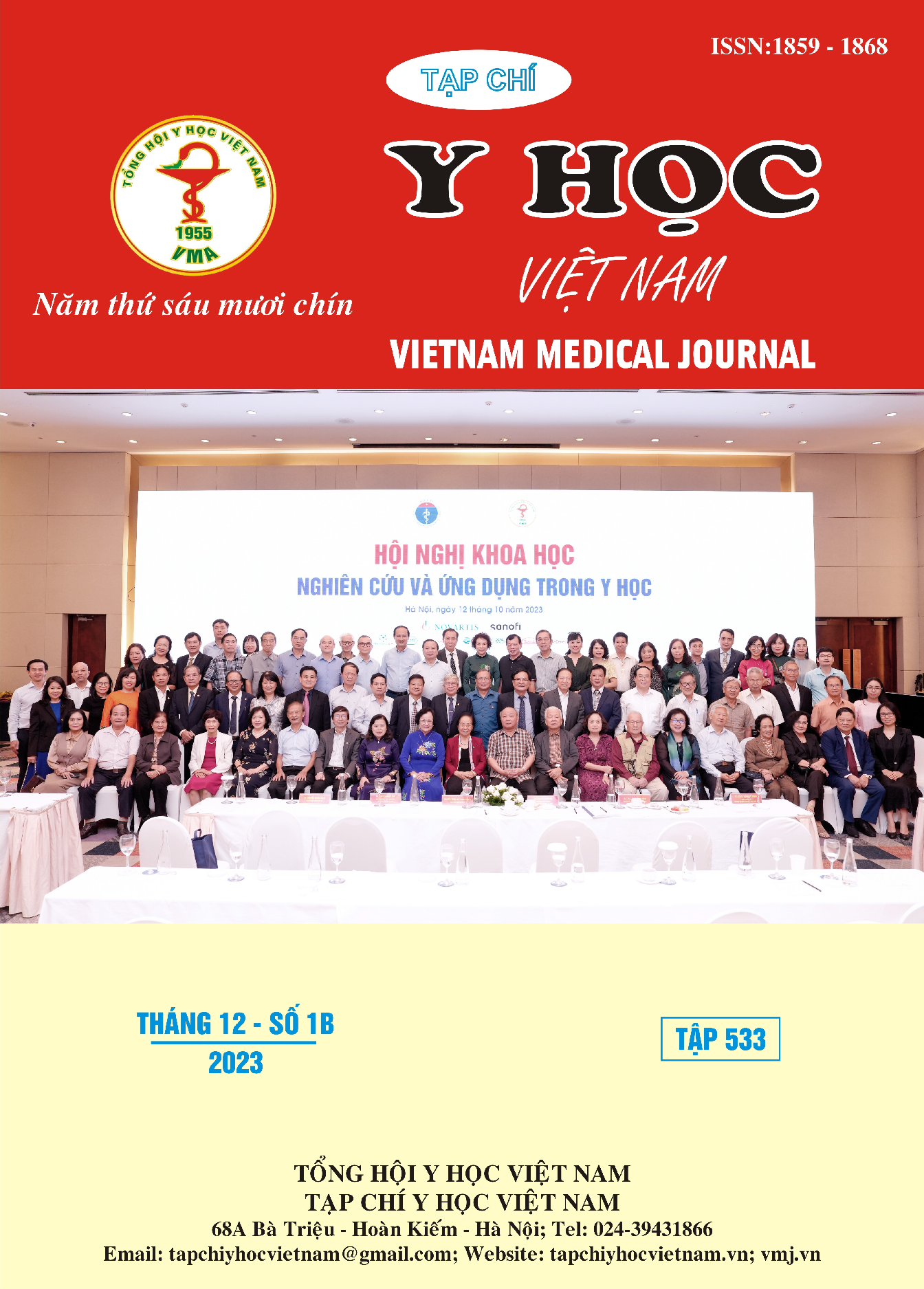CASE REPORT OF MELIOIDOSIS (WHITMORE)
Main Article Content
Abstract
Melioidosis (also called Whitmore's Disease) is an infectious disease caused by a bacterium called Burkholderia pseudomallei (previously known as Pseudomonas pseudomallei). Pneumonia is the commonest clinical presentation of melioidosis. There may also be multiple abscesses. Melioidosis is associated with a significant mortality attributable to severe sepsis and its complications. Melioidosis occurs predominantly in Southeast Asia, northern Australia. The bacteria are also of some concern as a potential agent for biological warfare and biological terrorism.
Article Details
References
1. Wiersinga, W.J., B.J. Currie, and S.J. Peacock, Melioidosis. New England Journal of Medicine, 2012. 367(11): p. 1035-1044.
2. Dance, D., Treatment and prophylaxis of melioidosis. Int J Antimicrob Agents, 2014. 43(4): p. 310-8.
3. Pons, R. and M. Advier, Melioidosis in Cochin China. The Journal of Hygiene, 1927. 26(1): p. 28-30.
4. Dance, D.A., Melioidosis: the tip of the iceberg? Clinical Microbiology Reviews, 1991. 4(1): p. 52-60
5. Chambon, L., [Isolation of Whitmore's bacillus from external environment]. Ann Inst Pasteur (Paris), 1955. 89(2): p. 229-35.
6. Parry, C.M., et al., Melioidosis in Southern Vietnam: clinical surveillance and environmental sampling. Clin Infect Dis, 1999. 29(5): p. 1323-6.
7. Phuong, D.M., et al., Clinical and microbiological features of melioidosis in northern Vietnam. Trans R Soc Trop Med Hyg, 2008. 102 Suppl 1: p. S30-6.
8. Cheng, A.C. and B.J. Currie, Melioidosis: epidemiology, pathophysiology, and management. Clin Microbiol Rev, 2005. 18(2): p. 383-416.
9. Currie, B., Pseudomonas pseudomallei-insulin interaction. Infect Immun, 1995. 63(9): p. 3745.
10. Simpson, A.J. and V. Wuthiekanun, Interaction of insulin with Burkholderia pseudomallei may be caused by a preservative. J Clin Pathol, 2000. 53(2): p. 159-60
2. Dance, D., Treatment and prophylaxis of melioidosis. Int J Antimicrob Agents, 2014. 43(4): p. 310-8.
3. Pons, R. and M. Advier, Melioidosis in Cochin China. The Journal of Hygiene, 1927. 26(1): p. 28-30.
4. Dance, D.A., Melioidosis: the tip of the iceberg? Clinical Microbiology Reviews, 1991. 4(1): p. 52-60
5. Chambon, L., [Isolation of Whitmore's bacillus from external environment]. Ann Inst Pasteur (Paris), 1955. 89(2): p. 229-35.
6. Parry, C.M., et al., Melioidosis in Southern Vietnam: clinical surveillance and environmental sampling. Clin Infect Dis, 1999. 29(5): p. 1323-6.
7. Phuong, D.M., et al., Clinical and microbiological features of melioidosis in northern Vietnam. Trans R Soc Trop Med Hyg, 2008. 102 Suppl 1: p. S30-6.
8. Cheng, A.C. and B.J. Currie, Melioidosis: epidemiology, pathophysiology, and management. Clin Microbiol Rev, 2005. 18(2): p. 383-416.
9. Currie, B., Pseudomonas pseudomallei-insulin interaction. Infect Immun, 1995. 63(9): p. 3745.
10. Simpson, A.J. and V. Wuthiekanun, Interaction of insulin with Burkholderia pseudomallei may be caused by a preservative. J Clin Pathol, 2000. 53(2): p. 159-60


